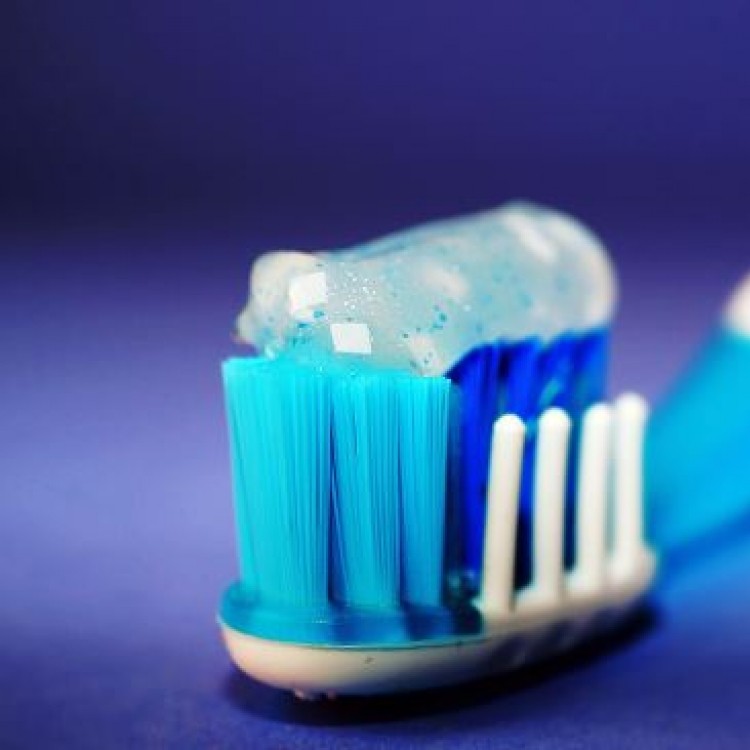

Pre-klinische gegevens in combinatie met algemene kennis kunnen voldoende zijn om een geclaimd therapeutisch effect aannemelijk te maken
In brief, the main claim of the patent in suit related to a pharmaceutical composition for use in prophylaxis or treatment of a group of diseases involving pathological protein aggregations in the brain (so called Lewy body diseases, including e.g. PD), the composition comprising an agent that induces an immunogenic response against a protein target known as alpha-synuclein, said agent being either:
- the alpha-synuclein protein itself or an immunogenic fragment thereof or
- an antibody specific to (1).
The Opposition Division [OD] found that the mouse data included in the patent did not convincingly show that the claimed active (1) or passive (2) immunisation compositions led to a reduction of aggregations in mouse brains. Consequently, the OD decided that the patent did not plausibly establish the link between reduction of alpha-synuclein aggregates and treatment of Lewy body diseases and, hence, judged that the claim did not comply with the requirement of sufficiency.
To address the issue, the Board first extensively reviewed the cited prior art literature alone and concluded that at the date of filing, the protein target of the claimed compositions was clearly associated with the aggregation-related neurodegenerative diseases. Then, the Board reviewed the counter-evidence literature cited by the Opponent and found that it only strengthened this conclusion. Hence, based on the extensive literature review, the Board concluded that the skilled person would have derived from the prior art that reduction of the aggregates could be a measure of likely therapeutic effects. The Board then stated that the experimental set-up and results of the pre-clinical data as filed had to be seen against this background.
As a next step, the Board assessed the originally filed data for an indication of successful alpha-synuclein targeting in vivo resulting in reduction the pathological aggregates in brain tissue of at least some mice that received the therapeutic compositions. They concluded that the patent showed an example where active immunisation with alpha-synuclein protein resulted in high-titer production of anti-alpha-synuclein antibodies that must have crossed the blood-brain barrier and hence resulted in a seemingly reduced alpha-synuclein inclusions in in the brain observed in few vaccinated mice. The Board then considered that this example also supported the claim part directed to the active immunisation composition, as the skilled person would have concluded that if endogenous antibodies crossed the blood-brain barrier, the externally administered ones would achieve a similar effect.
The Board verbatim concluded that “the lack of statistical information and the small number of animals would not have diminished the credibility of the results …, because they build upon what the skilled person would have expected from the prior art, namely that a link existed between the reduction of alpha-synuclein aggregation and the treatment of Lewy body disease.” (emphasis added)
Hence, based on the rather-debatable pre-clinical results in the text as filed, but taken in light of the common general knowledge evidenced by the referenced scientific publications, the Board held the therapeutic effect was plausibly achieved by the claimed compositions at the date of filing. Thus, the claim was held to meet the sufficiency requirements under Art. 83 EPC. The case was remitted to the OD for novelty and inventive step assessment, which outcome will be interesting to see in view of the “comprehensive body of knowledge in the prior art” the Board relied upon when formulating their judgement on sufficiency.
Of note, the sufficiency question was not addressed in the context of prophylaxis as this issue was not raised by the Opponent. Of further note, in formulating their judgement, the Board did not consider the post-published clinical evidence provided by the appellant/proprietor, which notably included preliminary phase 2 study results of the clinical trial NCT03100149 using an alpha-synuclein-specific antibody Prasinezumab. The fact that such convincing later-published evidence seemingly had no direct bearing on the Board’s decision is consistent with the established EPO practice whereby reliance on post-filing data cannot be used to "cure" an insufficiency of disclosure issue and thus is not allowed when assessing plausibility of claims in the context of Art. 83 EPC. Conversely, once the claimed invention is held made at least plausible by the disclosure as filed, post-filed data is frequently considered during inventive step assessment under Art. 56 EPC during deciding whether the invention indeed solves the technical problem it purports to solve. I will be interesting to see if this practice is confirmed once the OD resumes proceedings on the discussed herein patent in suit.





